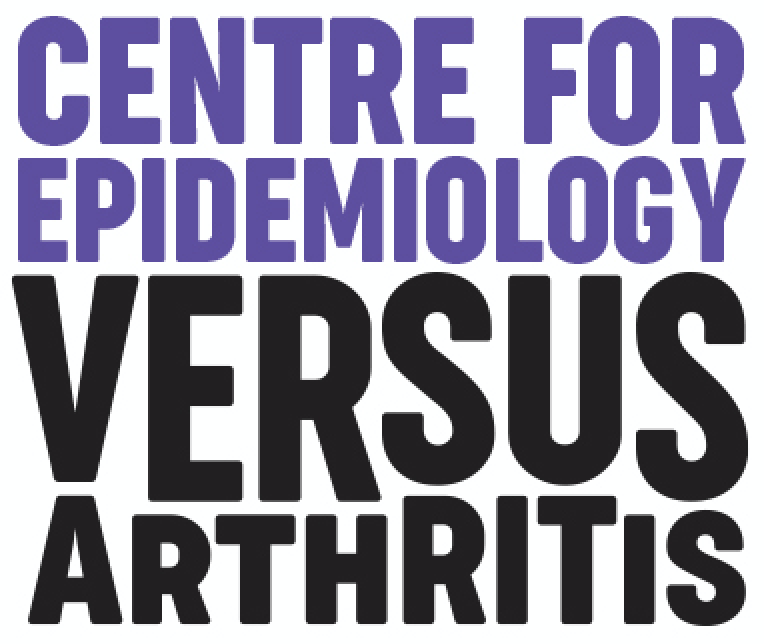Blog
Rebecca Barnard
2016-06-24 12:27
My Top Manchester Day Moments
Hi all!
I'm Afi, a 4th year medical student at the University of Manchester currently working on the Cloudy with a Chance of Pain project. My role in the project is to look at just how often and how consistently our participants are inputting their motifs (please try to do it every day or as often as you can as if really helps the team!)
I've just finished up as a volunteer with the Cloudy team at Manchester Day 2016 which was a great success!
As volunteers for the Cloudy team at the event, we had the opportunity to speak to hundreds of people on the day, listening to their beliefs about the association between weather and pain, all of which will be valuable information for the rest of the team working on the project. It was also great meeting those of you who were currently in the study and seeing how you were getting on.
Listening to all the stories on the day really supported exactly why we are doing this project. Many of those we spoke to had heard about the association between weather and pain from those who had chronic pain and wanted to find out more.
Here are just a few of the trends we saw:- A lot of the public mentioned that an increase in barometric pressure would be the trigger for their headaches and migraines. Others with osteoarthritis would find that the cold weather would make their joint pains worse. A few members of the public also told us how they were able to predict the weather before it was about to happen by feeling the change in they pain- this was all really interesting to hear!
However, not only did the the public tell us about their pain, they told us about the ways that they managed the pain and how it impacts their lives on a day to day basis. Some people found that doing more exercise such as yoga and Pilates would get their joints warmed up and less stiff. Others found that taking a small break to sit down and relax for a while would help.
During the day, we had lots of people interact with our brand new Citizen Science experiment, looking for trends in the data and submitting the findings to the team. This experiment gives anyone the opportunity to get involved in real medical research and I would encourage you to check it out to see if you can find any trends yourself!
However, not only did we have the booth inside the town hall, outside we had a 7m tall mannequin with circus performers swinging from it and sticking on pads representing the location of the pain submitted by the public. This itself was a real sight to see and was a real show-piece of the event with hundreds of people crowding round to watch the performance every half hour.
Image 2: 'Arthur', our 7m tall pain mannequin. Hundreds of people watched as circus performers swung from the steel structure to pin on stickers representing the location of pain of the public
Finally, I'd like to sign off by saying a big thank you to all who came to Manchester Day, saw our giant pain mannequin (A.K.A Arthur) and our Data Walkway, and who visited us in the Discovery Zone inside the Town Hall!








